Here’s what you should do if your phone charger gets wet:
If your charger gets wet, the first thing you want to do is unplug everything and remove all sources of power.
Once there is no power, try to dry the device as best you can.
After that, you still need to let it air dry for at least 48 hours before you test the charger to see if it still works.
So if you want to learn all about what to do and not do if your phone charger gets wet, then you’re in the right place.
Keep reading!
- Why Does My Charger Keep Going On and Off? 6 Troubleshooting Tips
- Charging Phone During Thunderstorm: Safe?
- Wireless Phone Charging Destroys Credit Cards: True?
- Charging Phone With Laptop Charger: Safe?
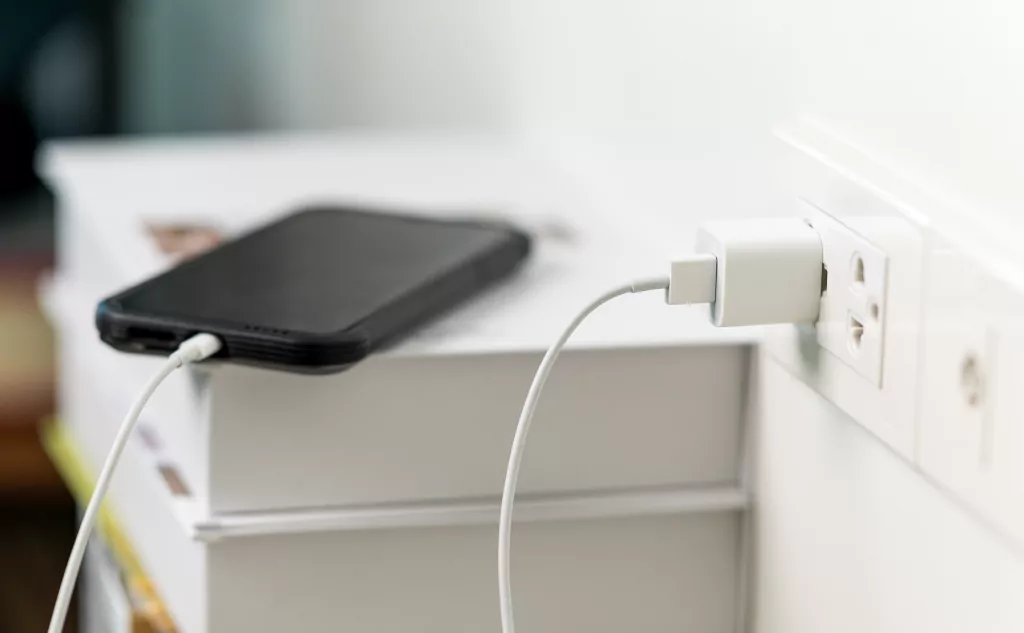
What Happens When Water Gets on the Inverter of Your Phone Charger? (5 Things)
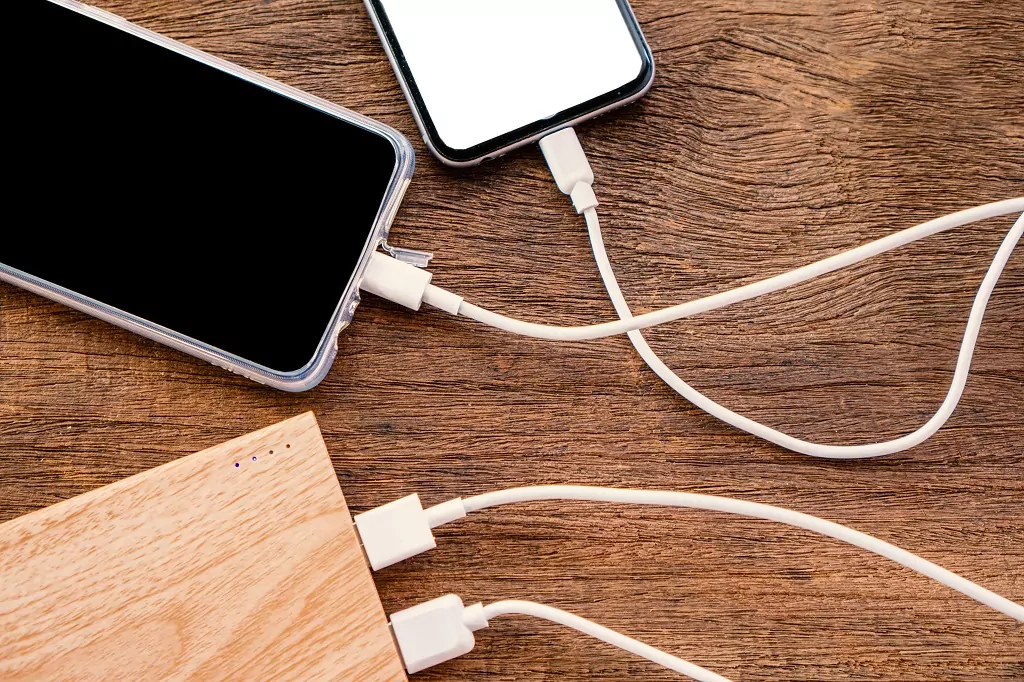
So the inverter is the blocky device that your power cable plugs into.
It’s necessary to charge most phones, tablets, laptops, and other electronic devices.
This is because the electricity coming out of the wall is alternating current (AC) electricity.
Yet, electronic devices all use direct current (DC).
The inverter changes the flow of electricity from AC to DC.
Without that change, you can’t charge the phone.
All of this matters because the inverter actually has several significant components inside of it, and any of them can be damaged by water.
This ultimately comes down to the conductive properties of water.
More specifically, most water has stuff dissolved in it.
While the water itself doesn’t conduct electricity very well, the dissolved particles can be very good conductors.
This is why tap water, rainwater, and most water that you find in nature will all be good conductors.
When such water gets into your inverter, it messes up the circuit pathways that usually direct the flow of electricity through the device.
These disruptions can cause electricity to go in the wrong direction or to the wrong places.
That sudden flow of power in unintended places can cause catastrophic damage to the device.
A wet inverter can very quickly burn itself out and be completely destroyed in a matter of seconds.
#1 Remove Power
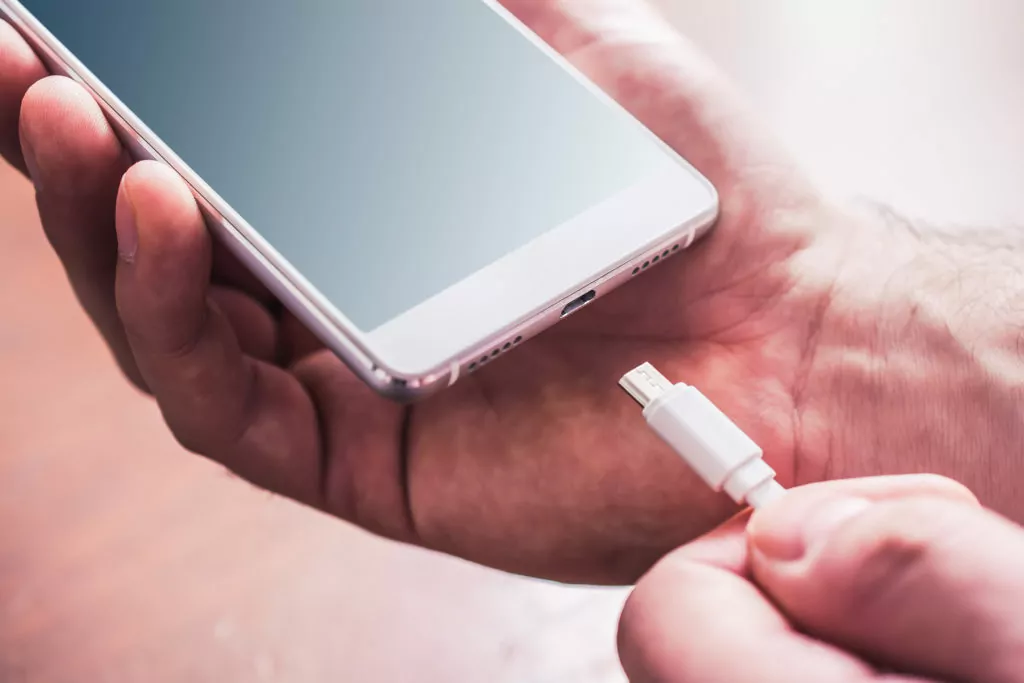
That’s why the most important thing you can do is unplug the inverter.
Don’t give it access to electrical power.
If there is no flow of electricity, there is no internal force that can damage the wet device.
By removing power, you protect the device until you have the ability to dry it out thoroughly.
You’ll find that this is a repeating theme.
No matter what kind of device you use, if it runs on electricity, cut off the source of electricity if it gets wet.
As long as you act quickly, you can prevent a lot of water damage scenarios.
Mostly, this is because modern electronic devices all have outer layers.
The outer layers make it hard for water to get into the inner workings of the device, and that holds true for the inverter.
Unless you completely submerge it, you can usually unplug the inverter before water can get into the parts where it can cause major damage.
But, if you are seeing sparks emitting from the device, don’t touch it.
This signifies that the water is already causing damage, and there is a risk that it could shock you.
Try to remove the source of power from a safe location, even if that requires you to go to the breaker box.
#2 Disassemble
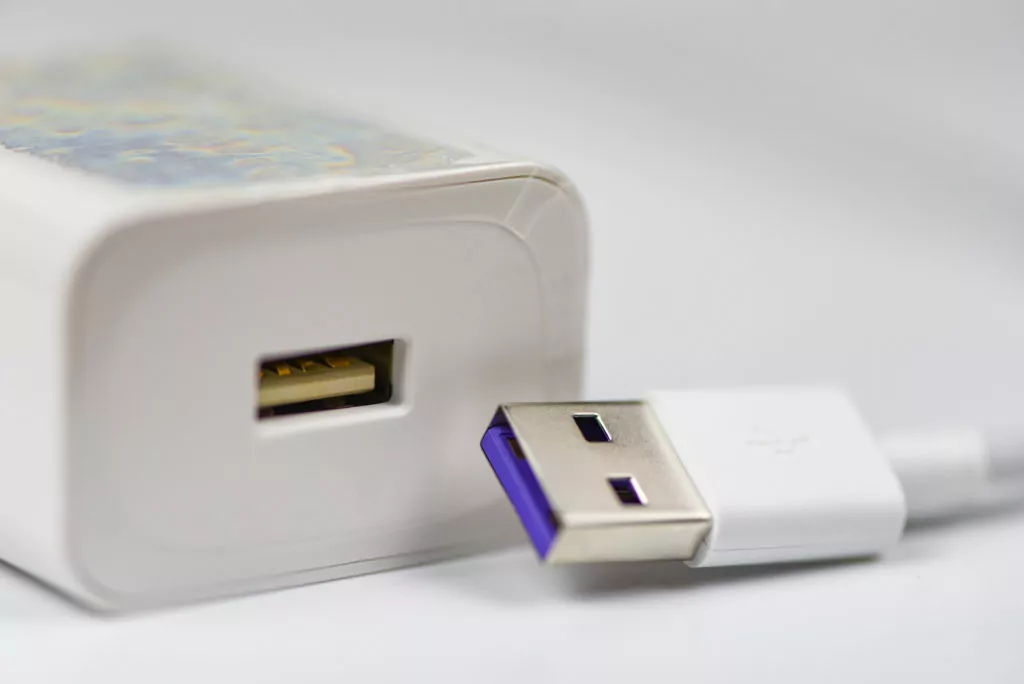
Once power has been safely removed, the primary goal is to get all of the water out of the device.
If you have sufficient experience or courage, you can disassemble your inverter.
Before you do that, remember that this will void the warranty.
Only proceed if you are confident.
By disassembling the device, you can expose more of it to the open air.
This allows it to air dry much faster.
You can also rapidly drain any water that might have pooled inside the inverter’s outer shell.
If you aren’t comfortable with disassembly, try to get gravity on your side.
Place the inverter so that water can drain out of the same opening that allowed it into the device in the first place.
It may take a while, so leave it in a draining position overnight.
#3 Absorb Water
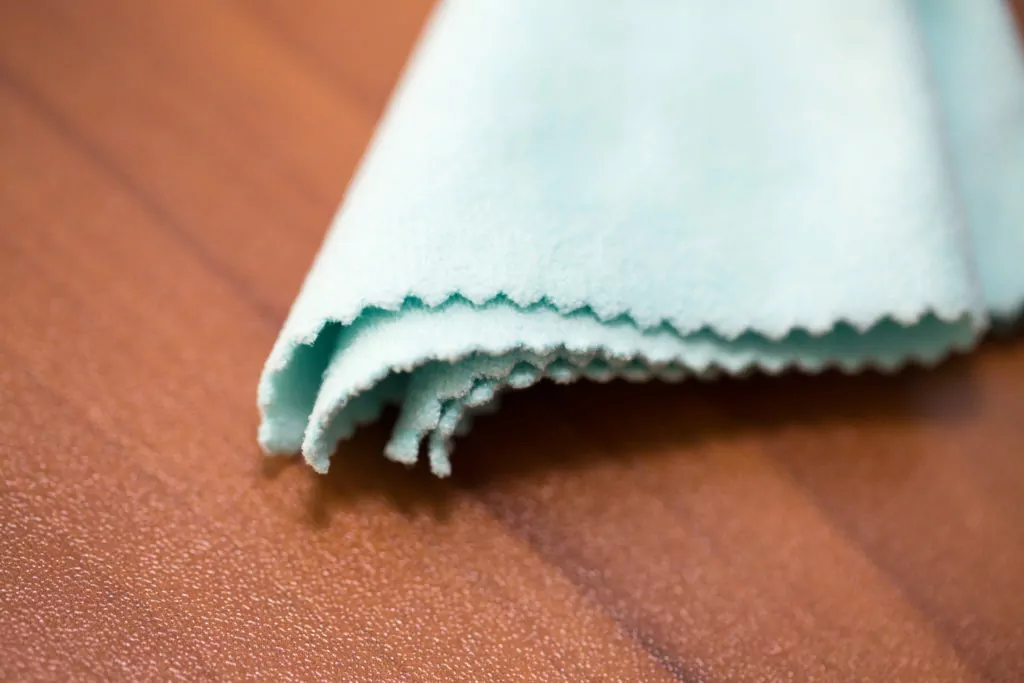
As much as possible, you want to use a microfiber (or other lint-free) cloth to absorb water.
First, you can soak up water on the outside of the inverter.
This will minimize how much can get deep into the circuits of the device.
If you disassembled the device, you can use a towel or cloth to absorb even more water.
When you do this, be sure to dab the water.
Don’t wipe it.
If you do, you will smear the water around, and you can exacerbate your problem.
With simple dabs, the cloth will absorb as much water as it can.
Sometimes, you might need to use several towels (or dry the first cloth) in order to absorb all the water.
That’s fine.
These devices can often hold more water than it would seem at a glance.
Here’s the most important part.
Once you have absorbed all of the water, do not plug the device in.
Even though you’ve taken away most of the water, some of the circuits are very likely still wet, and that’s a problem.
#4 Air Dry
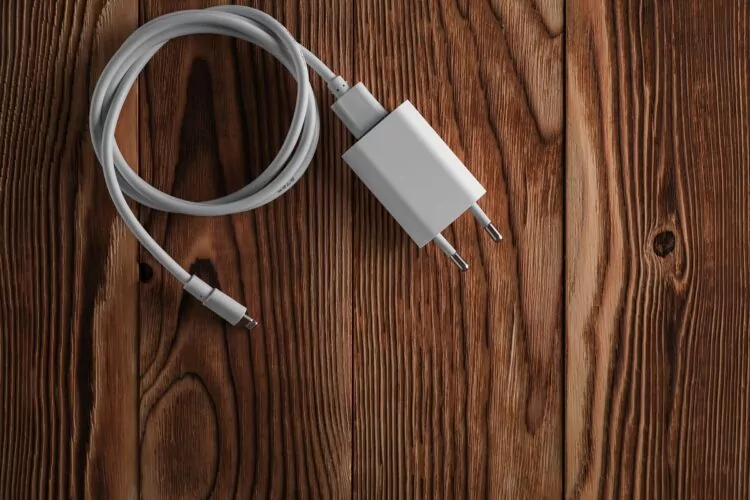
Sometimes you have to go straight to this step.
Other times, you go through the steps laid out above.
Either way, the final step in recovering your device is to air-dry it.
Whether it is open or not, give it a full 48 hours in a dry area to lose all excess moisture.
After it has sufficiently air-dried, you can test the inverter.
You can use a multimeter or circuit testing tool to see if any damage is apparent.
This is the best option because you can see if the circuits work without pushing a large amount of current through the device.
It will minimize the risk of damage.
When you are confident, you can plug the inverter in and try to use it.
If you were able to unplug it fast enough and it fully dried, it should work just fine. If it doesn’t work, it was likely damaged by the spill.
#5 Dealing With Residues
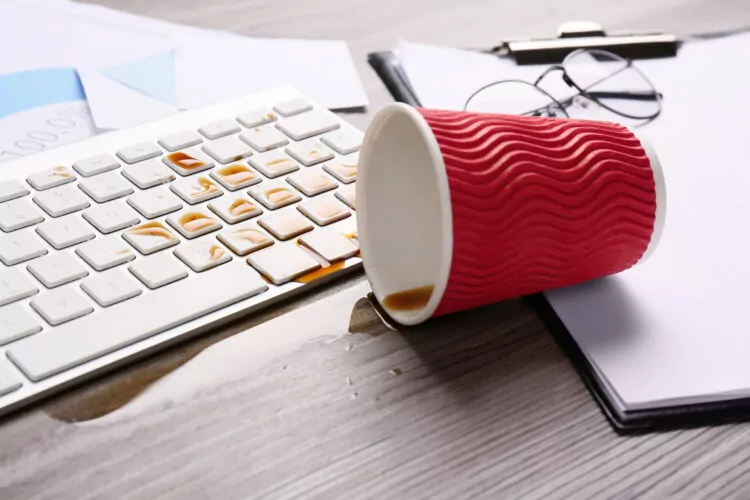
There is one other thing to consider through all of the steps above.
Sometimes, the thing that gets your charger wet isn’t pure water.
If it’s a sugary drink or anything more than water, it can leave residues behind after it dries.
These residues can damage your electrical device, and they have to be properly removed.
The problem is that cleaning these things from circuits is not easy.
It typically requires a professional touch and depends on the charger.
The service might cost more than simply replacing the device.
It’s a judgment call, but keep in mind that residues can destroy your charger.
What About a Wet Phone Charger Cable?
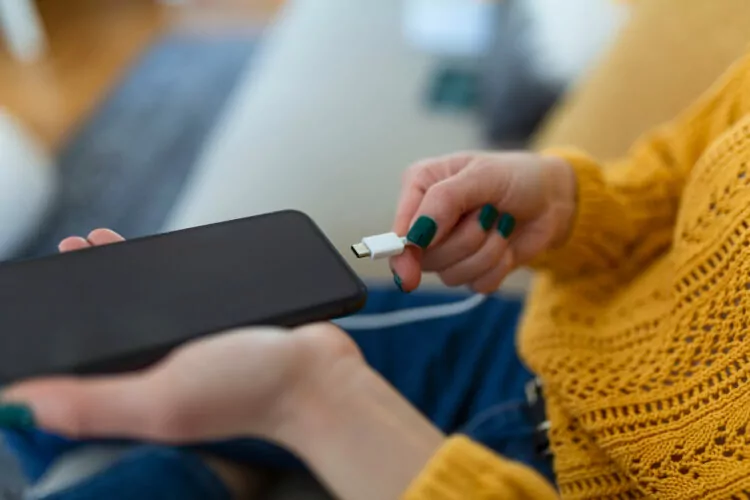
What if the phone cable got wet in this process?
Well, you are largely going to treat it the same way as the inverter.
The cable carries current when it is connected, and that means that water can create problems with the cable and even burn it out.
Even though it seems like there is only one cable, there are actually multiple cords connected under the surface.
If water can seep past their protective layers, it can cause irreparable damage.
So, take a cable through the same steps.
Start by unplugging it. You don’t need to disassemble the cable, but you can dry it with a cloth.
Finish with air drying.
Because the cable isn’t enclosed like the inverter, it will usually dry much faster than the inverter.
You can give it 48 hours, but honestly, once the cable is clearly dry, you can test it.
How Do You Deal With Other Wet Devices Related to Phone Chargers? (3 Devices)

Let’s face it.
You use more than just an inverter and a cable to charge your phone.
These other components can also get wet, and it’s important to know how to deal with each of them.
#1 Power Strips
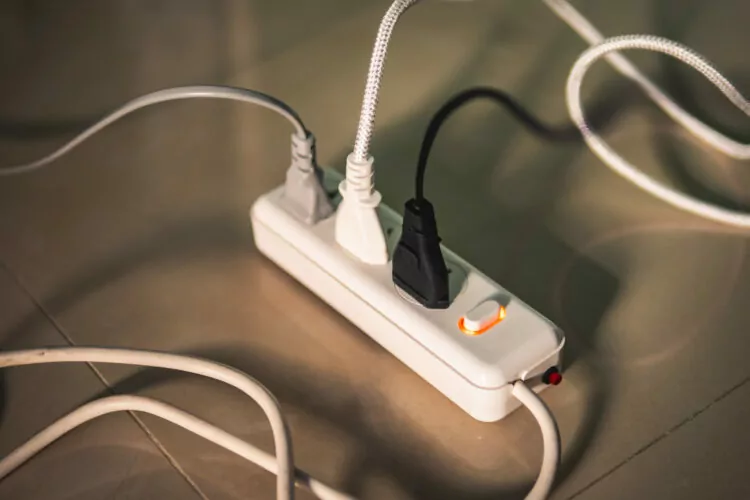
Power strips can absorb water very quickly.
Ultimately, if one gets wet, the same rules and steps apply, but you want to move very quickly with a power strip.
It is more likely to sustain water damage than the inverter, and it will likely happen much faster.
Also, the power strip is much larger.
If you can’t disassemble it or get it to drain, then add another 24 hours to the air dry period.
Power strips process a lot more energy than phone chargers.
You don’t want to pump electricity through it while it is still wet. It’s a much more dangerous prospect.
#2 USB Hubs
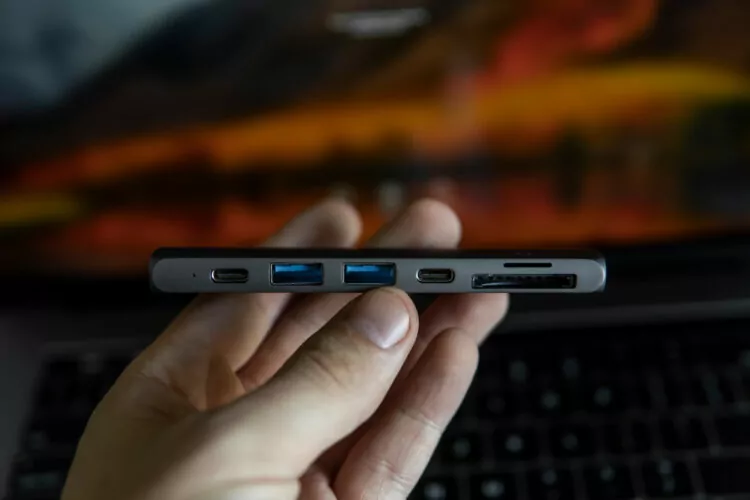
USB hubs are another chapter in the same story.
Unplug them right away.
Drain them as best you can.
Disassembling hubs is usually harder than with a lot of other devices, so it might not be viable.
Dry the device as best you can and then let it air dry for those two days.
#3 Wall Outlets
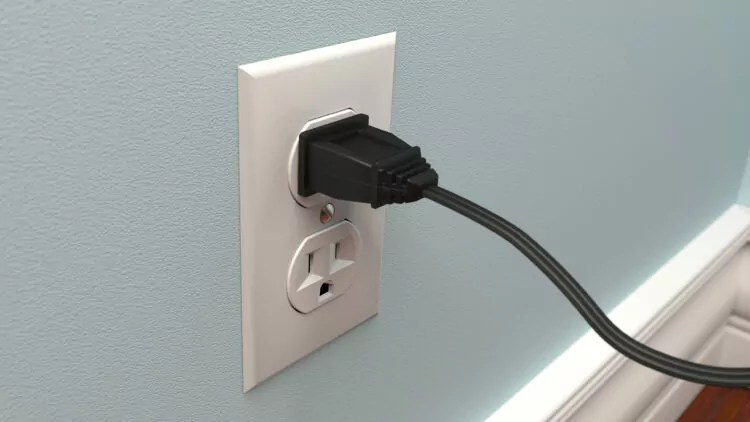
Wall outlets are a bit of a different story.
If an outlet gets wet, the process will depend on the age and design of the outlet.
Newer outlets are typically connected to GFCI breakers.
These breakers will cut off any flow of electricity to the outlet as soon as anything is awry, including the outlet getting wet.
If there is no GFCI, water can cause big damage and even create a fire risk.
You want to trip the breaker for that outlet as soon as possible.
Sometimes, the breaker will be tripped by the interactions between the outlet and water, but that won’t always be the case.
Wall outlets are dealing with way more power than anything mentioned above, so cut power as quickly as you can.
Once power is cut off to the outlet (always use a tester to be sure), you can remove the outlet cover in order to try to absorb water.
From here, it’s the same old process.
Make sure the outlet is fully dry before you try to use it again.
With this one, if you have any doubt, involve a qualified electrician.
There is no reason to take chances.
Why Is Your Phone Charger Going On and Off?

Does your phone charger keep going on and off?
No matter if it’s your phone, tablet, or laptop charger.
They all have the same reason for going off and on:
- Your power port is dirty
- You have the wrong charger
- Your charger or cable might be damaged
- There is a problem with the power source
- Your battery is struggling
Learn all about why your charger keeps going on and off and how to fix it here.

